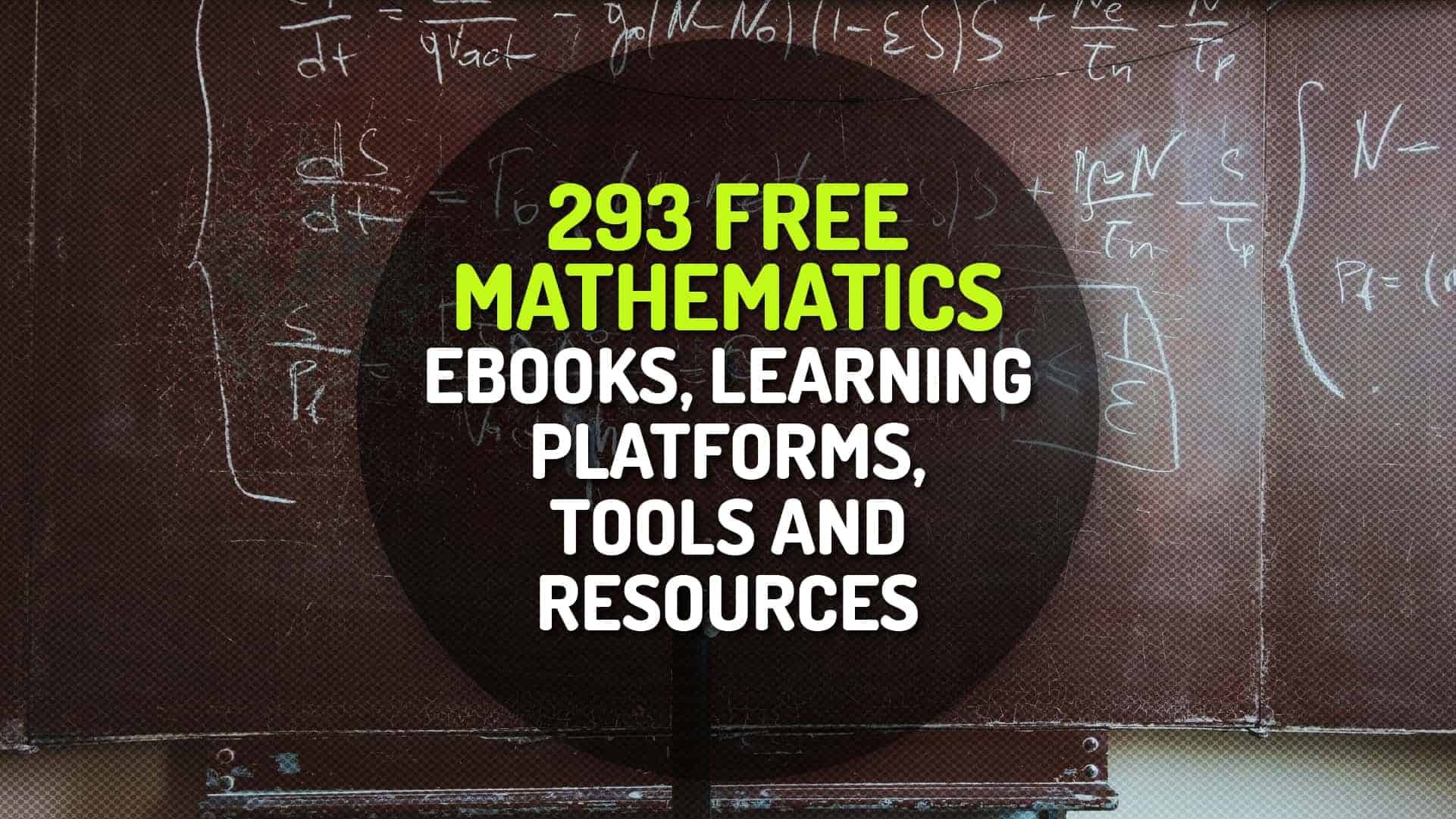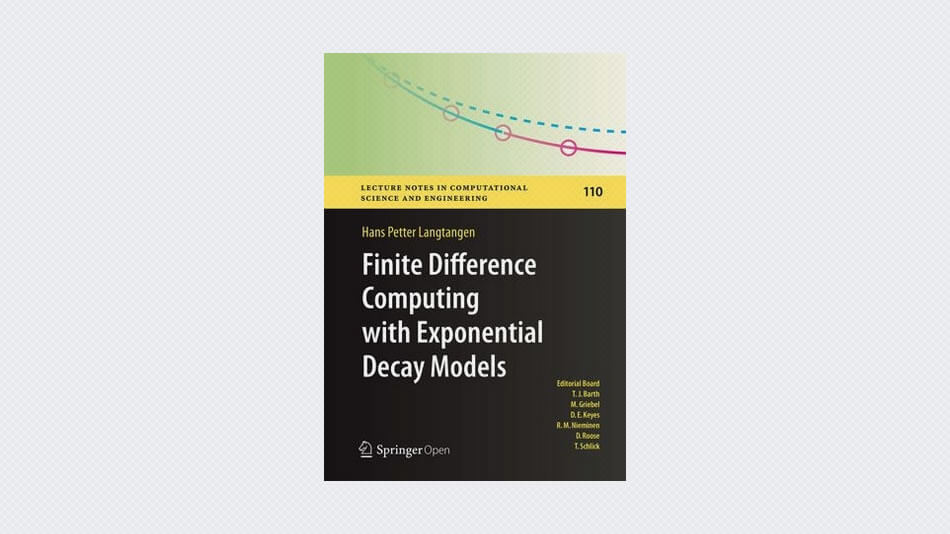This book is meant to provide an introduction to vectors, matrices, and least squares methods, basic topics in applied linear algebra. Our goal is to give the beginning student, with little or no prior exposure to linear algebra, a good grounding in the basic ideas, as well as an appreciation for how they are used in many applications, including data fitting, machine learning and artificial intelligence, tomography, navigation, image processing, finance, and automatic control systems.
The background required of the reader is familiarity with basic mathematical notation. We use calculus in just a few places, but it does not play a critical role and is not a strict prerequisite. Even though the book covers many topics that are traditionally taught as part of probability and statistics, such as fitting mathematical models to data, no knowledge of or background in probability and statistics is needed.
The book covers less mathematics than a typical text on applied linear algebra. We use only one theoretical concept from linear algebra, linear independence, and only one computational tool, the QR factorization; our approach to most applications relies on only one method, least squares (or some extension). In this sense we aim for intellectual economy: With just a few basic mathematical ideas, concepts, and methods, we cover many applications. The mathematics we do present, however, is complete, in that we carefully justify every mathematical statement. In contrast to most introductory linear algebra texts, however, we describe many applications, including some that are typically considered advanced topics, like document classification, control, state estimation, and portfolio optimization.
The book does not require any knowledge of computer programming, and can be used as a conventional textbook, by reading the chapters and working the exercises that do not involve numerical computation. This approach however misses out on one of the most compelling reasons to learn the material: You can use the ideas and methods described in this book to do practical things like build a prediction model from data, enhance images, or optimize an investment portfolio. The growing power of computers, together with the development of high level computer languages and packages that support vector and matrix computation, have made it easy to use the methods described in this book for real applications. For this reason we hope that every student of this book will complement their study with computer programming exercises and projects, including some that involve real data. This book includes some generic exercises that require computation; additional ones, and the associated data files and language-specific resources, are available online.




